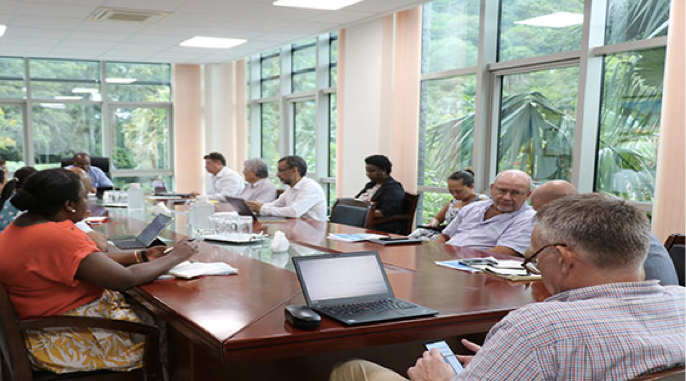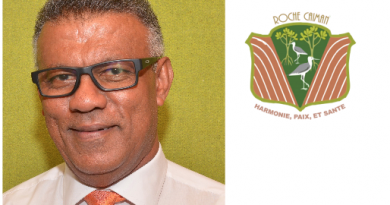Dying to bring in more tourists!
The taskforce tasked with the unenviable duty of ensuring the tourism trade is somewhat revived, has informed members of the public that Seychelles will continue welcoming tourists from high risk countries to its shores.
To recall, as of October 1, 2020 a group consisting seven countries among which are France, United Kingdom and the United Arab Emirates has been drawn up as having special COVID19 status in Seychelles. Countries on this list, have to undergo special procedures before being allowed into the country, as a means of safety.
Unlike other countries that are not considered low risk, those from high risk countries are required to be tested for COVID19 48 hours before their arrival into the country. They are also only permitted to stay in transit hotels, now called Category 2 hotels where they will be quarantined for five days. According to the officials, as they are again tested for the Coronavirus on the fifth day. According to the authorities, the fact that such visitors will only be allowed to continue with their holiday after testing negative for the virus, will help Seychelles contain the spreading should there be any.
In sharp contrast to the initial reaction when the Covid-19 pandemic had hit the world, the myriad of committee meetings constantly to deal with the problem, have shown to not only be more lenient, but also that the might of the dollar, pound or euro have more pull in the Seychelles than other concerns.
Every week the Seychellois public is reminded to wear their facemasks and avoid being in large groups, so as to avoid the spread. So far, all COVID-19 positive cases in the country have been imported, which begs the question, although this archipelago is reliant on tourism, does it have the resources to care for the many tourists who may slip through the cracks and find themselves needing medical attention due to testing positive for the pandemic?
The taskforce has also explained a new marketing campaign of ‘Tourism Oui,’ (tourism yes) targeting more people from the same category two groups of high risk visitors.
“We have to educate people so that they do not treat our visitors badly or view them with fear,” SHTA chair, Sybille Cardon had explained.
Whether they had discussed the fact that the visitors in those markets are also faced with the same financial hardships that COVID-19 has inflicted on the Seychelles, is a question that still remains unanswered. What is clear is that the country will be spending more money on marketing campaigns trying to attract people who are already facing hardships to spend their savings on a luxury holiday in Seychelles.
In all fairness, last year Seychelles’ tourism industry was raking in some USD 3 Million a day, but now that this industry is on its knees, the country with its countless economists should be re-thinking what our main source of income should be. Fisheries, although a viable option, has many political and diplomatic issues its players have to sift through. Agriculture is also an area that will not bring in huge benefits in the short run, but it will certainly keep the people fed, while our leaders blunder about looking for a solution. The same goes to the IT industry and the infamous Fintech all potential gold mines, options that should be analysed.



